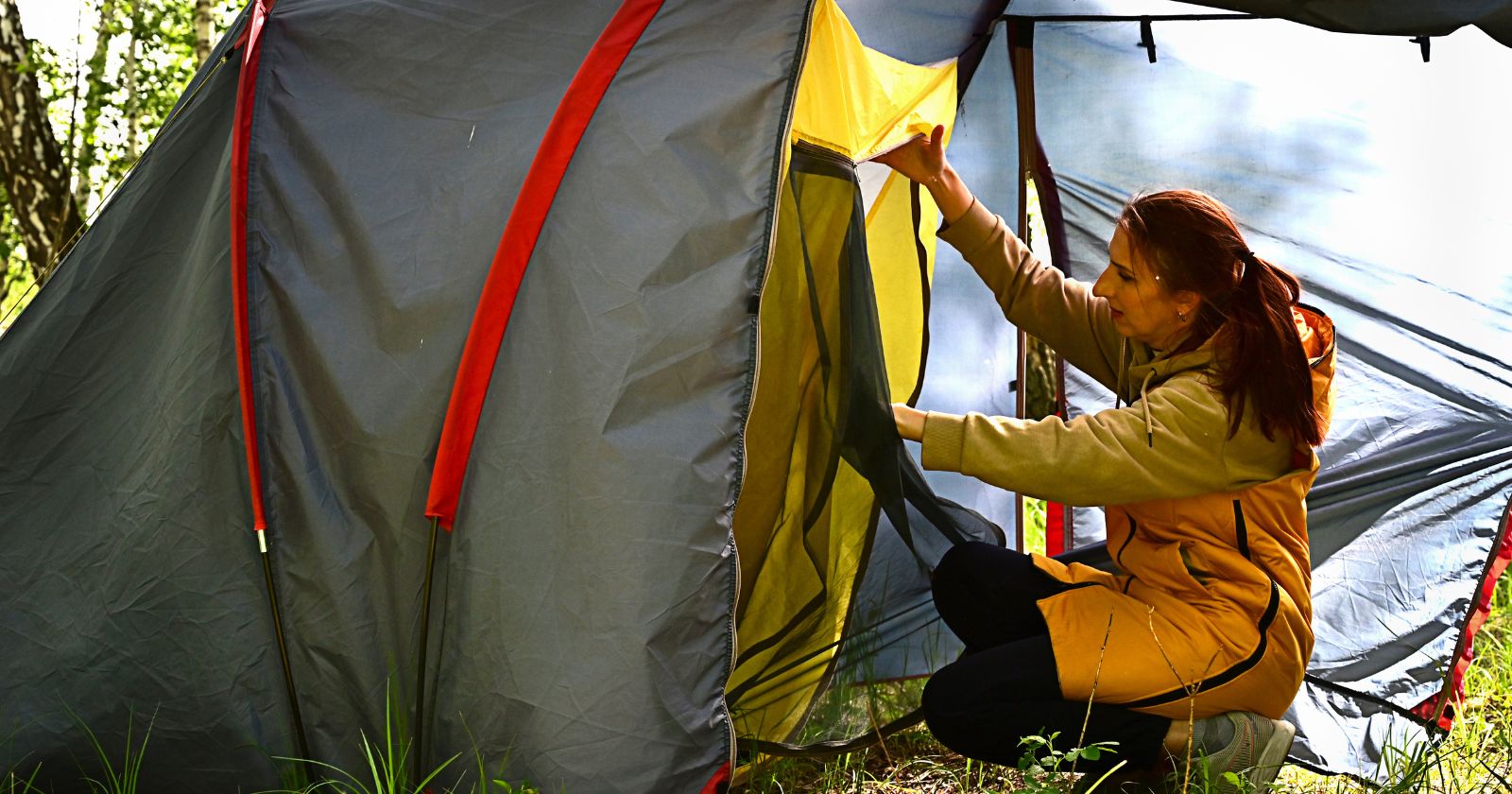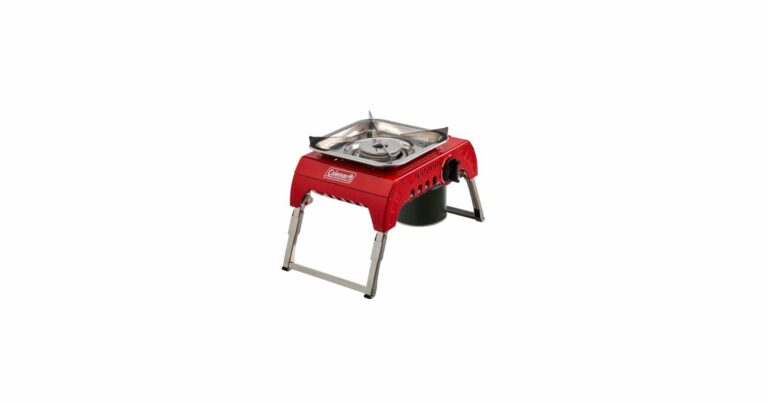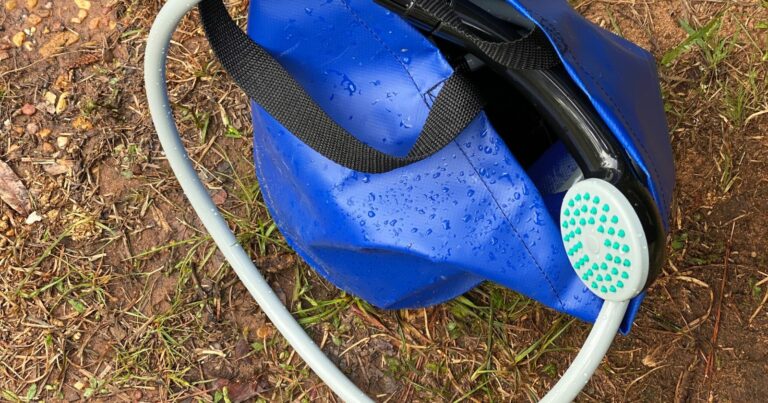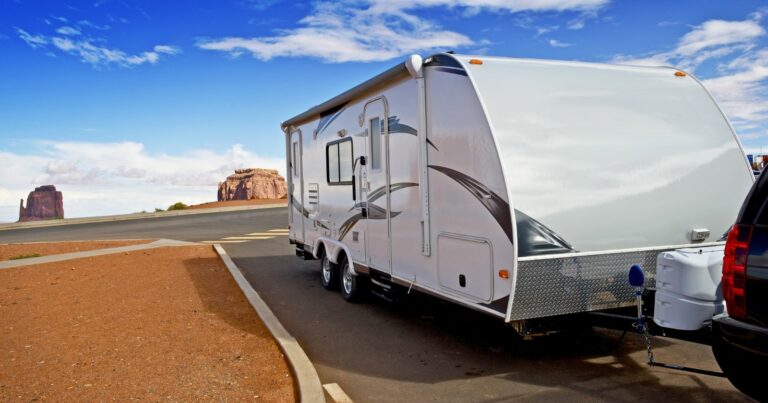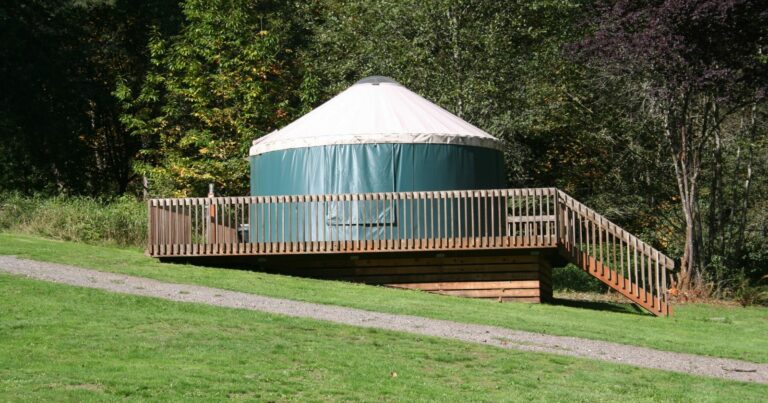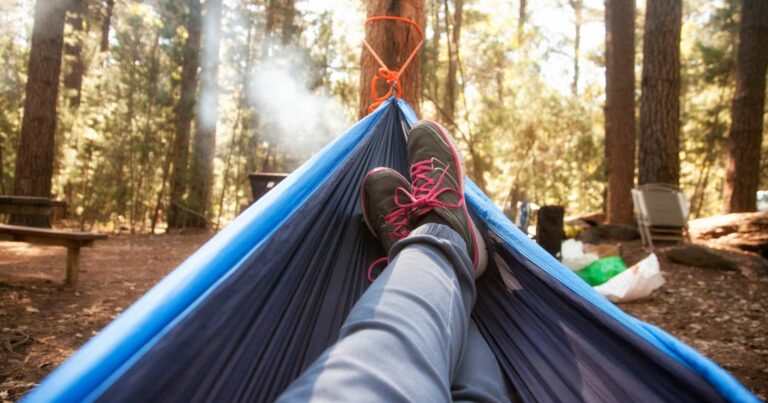What is a Good Place to Set Up a Camp?
The sun is going down, the crickets are chirping, and your legs are aching after a long day on the trail. It’s time to start scouting the perfect spot to set up camp for the night. As exhilarating as backcountry camping can be, finding a suitable campsite is crucial for your comfort and safety.
With no reserved campgrounds or marked sites out in the wilderness, how do you identify the ideal place to pitch your tent when there are no obvious signs or indicators? No need to panic! As an experienced backpacker, I’ve mastered the art of picking great campsites. In this article, I’ll share my tips to finding campsite sweet spots even in the most remote locations.
You shouldn’t have to settle for sloping, rocky terrain that will lead to a sleepless night. With the right know-how, you can comfortably bed down in an idyllic wilderness oasis. I’ll walk through the exact steps I follow when evaluating potential backcountry campsites.
By the end, you’ll be able to scope out prime camp locations that offer privacy, security, comfort and convenience anywhere outdoors. No more tossing, turning and groaning over poor camp decisions! With these tricks, you can relax under the stars knowing you’ve found campsite perfection.
The first thing to look for when choosing a backcountry campsite is…
Choose a Flat, Level Spot
This is the most fundamental requirement for any tent site. Always inspect the ground closely.
- Do look for a flat space free of bumps, holes, or rocks. Avoid slanted or uneven areas.
- Don’t just set up on a surface that looks flat from a distance. Get close to inspect.
- Do confirm the site is level by placing your sleeping pad or tent footprint on the ground. Step on all corners to check for shifting.
- Don’t assume that a piece of ground is evenly flat throughout. Always double check.
An uneven site will lead to discomfort all night as you slide down into dips. Take time to find a uniform surface.
Seek Natural Wind Protection
Wind can seriously disrupt sleep and destroy your tent. Seek out sites that offer shelter.
- Do camp in natural windblocks like thick forests, rock formations or hillsides that provide a barrier.
- Don’t only consider open, exposed areas right along lakes or meadows. They have highest winds.
- Do observe wind patterns during the day. Set up where coverage blocks prevailing winds for your location.
- Don’t assume winds totally die down at night. Position your tent wisely.
Smart wind blocking allows for a peaceful night’s sleep.
Stay Far from Standing Water
Camping right next to water may seem idyllic, but comes with risks.
- Do pick an elevated campsite that keeps you at least 200 feet from standing water sources.
- Don’t set up in a concave flood zone or seasonal streambed. Watch for those signs.
- Do know flash flood risks for the area. Avoid canyons or dry washes that can quickly fill with water.
- Don’t assume a lack of rain means you’re safe near water. Flash floods happen without warning.
Give water the proper space to avoid getting washed out!
Avoid Rocky Terrain
Rocky campsites prevent tent stakes from holding and can puncture floors.
- Do visually scan the area and avoid excessive loose rocks, boulders, gravel beds or slag fields.
- Don’t assume you can move all loose rocks. Some are too heavy to lift or embedded.
- Do clear stones from where you’ll place tent corners and gear. But test if the surface underneath is still too rocky.
- Don’t try staking into gravel beds or fields of fist-sized rocks or larger. The stakes won’t hold.
Save your tent floors and have solid stake purchase by skipping overly rocky areas.
Stay Away from Dead Trees & Branches
Scan all trees around your site for standing deadwood or “widowmaker” branches.
- Do give a wide berth around any dead, dying, diseased or bug-infested trees. Move your tent out of any drop zone.
- Don’t assume healthy mature trees won’t drop branches. Deadwood is hidden in the canopy.
- Do keep your site a distance equal to twice the height of any questionable trees. Calculate their fall radius.
- Don’t ignore or downplay the risk posed by deadwood overhead when site picking.
Stay out from under any questionable branches to limit chances of them crashing down on your tent.
Find Soft Ground for Sleep Comfort
- Do look for loamy soil, leaf litter, pine straw beds or mossy areas to camp.
- Don’t put your sleeping pad right on top of tree roots, hardened dirt or conglomerate rock.
- Do inspect the ground inside the tent space by stepping on it and pressing down with your hands.
- Don’t assume the surface will smooth out once you lay down your sleeping pad. Test spots first.
Camping on soft ground prevents the hard bumps and lumps that lead to tossing and turning all night.
Pick Out Sloped Sites Strategically
You can’t always find perfectly flat ground. But you can pick angled sites smartly.
- Do opt for a sloped site that angles your head slightly uphill. This prevents sliding and congestion.
- Don’t set up with your head downhill. All night you’ll feel congested and slide toward the foot of your tent.
- Do position your tent across the slope rather than directly up or down it. Anchor the tent on the high side.
- Don’t assume sleeping perpendicular to a slope is comfortable. The angle still impacts sleep.
With strategic orientation, you can mitigate downhill sliding and nasal congestion on angled campsites.
Seek Natural Privacy & Separation
For peace of mind, pick a site that offers privacy and space from other campers.
- Do scout for sites tucked back in tree lines, behind brush or boulder fields or outside main camp thoroughfares.
- Don’t snag wide open sites right along main trails or roads through a campground. Opt for separation.
- Do avoid positioning your tent entrance directly facing other occupied sites or public areas like roads.
- Don’t compromise privacy for views. Peaceful sleep trumps scenery.
Having your own private hideaway ensures comfort camping around strangers. Keep your distance.
Check Accessibility of Terrain
Consider how you’ll move gear in and around camp when choosing a site.
- Do survey terrain leading to the site for large obstacles like downed trees, huge boulders or impassable ravines.
- Don’t assume you can muscle large packs up steep slopes or over fallen logs blocking access.
- Do confirm solid, level footing extends out around the tent site to walk around easily.
- Don’t choose sites hemmed in by marshy areas or thick underbrush surrounding the space.
Picking a site with easy access prevents injury and frustration moving gear in and out of camp.
Ensure Adequate Space for Group Size
- Do pick a site large enough to fit all tents with 10-20 feet between each, while leaving room for activity space.
- Don’t overload a site. Crowding leads to tripping over guy lines, gear interactions and erosion.
- Doknow the dimensions of your tents. Factor tent sizes, guidelines and spacing needs into the required camp area.
- Don’t underestimate required square footage for a group. Leave wiggle room and don’t overpack a space.
Having adequate room to spread out keeps larger groups organized and leaves room for fun!
Conclusion
Finding a quality campsite is vital for comfort, safety and enjoyment on any camping trip. By applying these tips for assessing potential tent sites, you can expertly spot prime locations even in the most rugged terrain. Prioritize flat, spacious areas with soft ground, natural wind protection and privacy that also offer accessible, safe, level space to move about and fit your group size.
With practice evaluating campsites, you’ll start instinctively recognizing the characteristics of camping sweet spots no matter the location. Sharpen your site-scouting skills with each trip. Soon you’ll master the art of always picking the perfect camp spot!
Let me know if you have any other questions about choosing great tent sites. I’m happy to provide more tips to help you camp in comfort.

